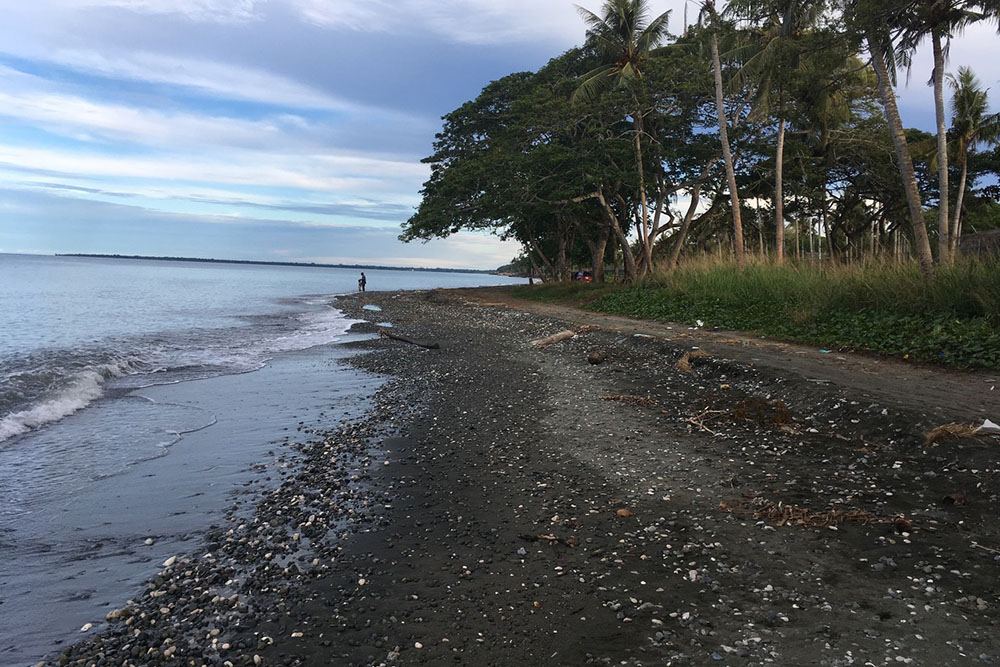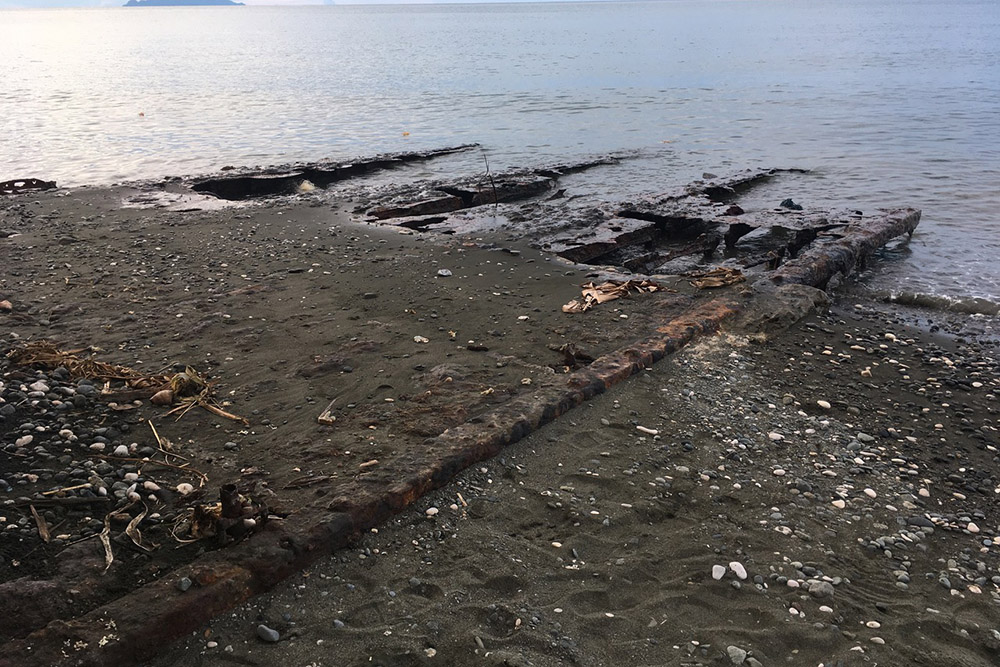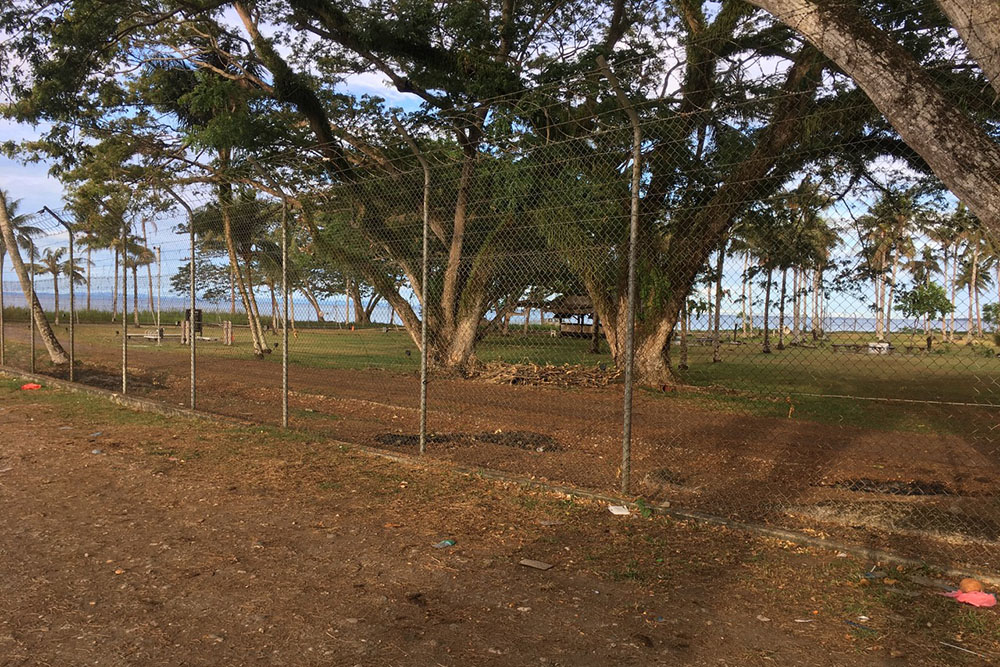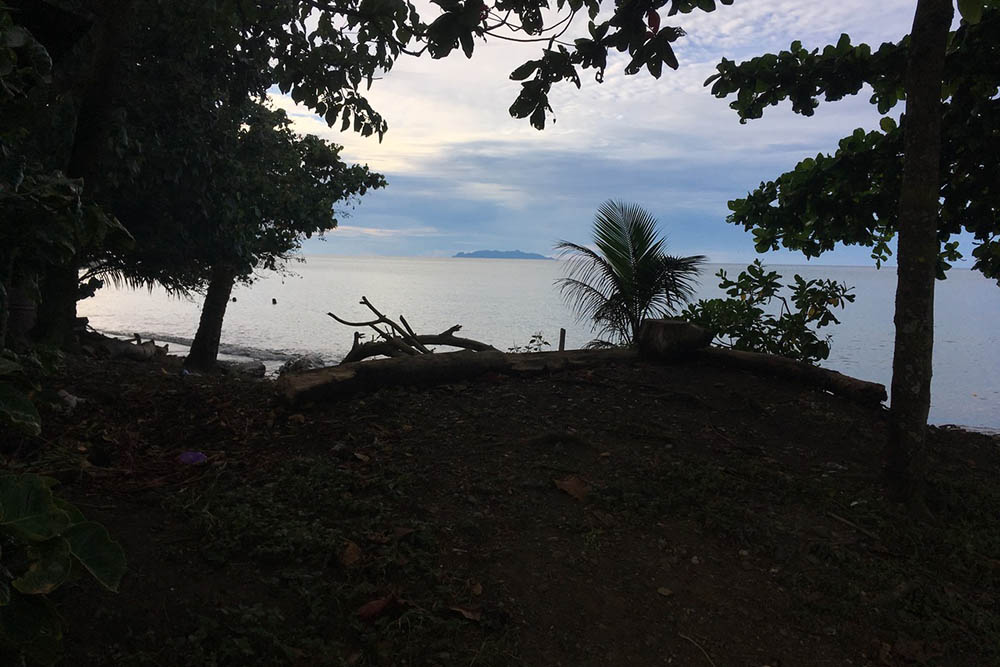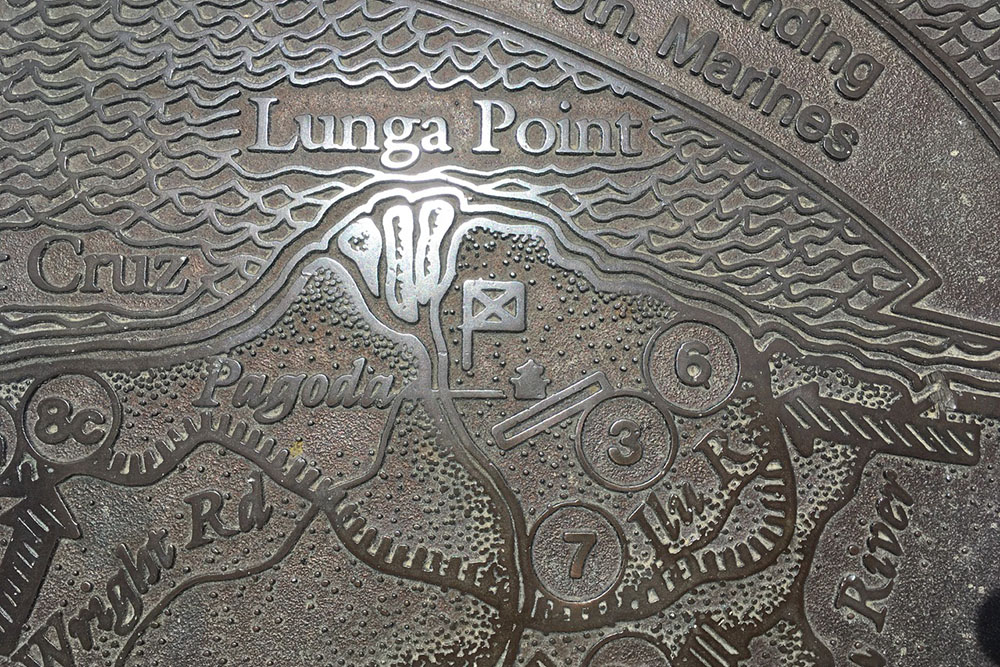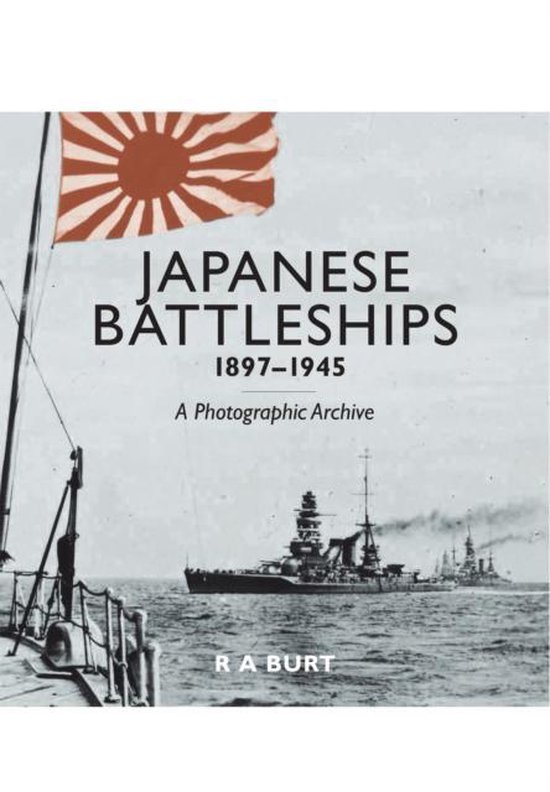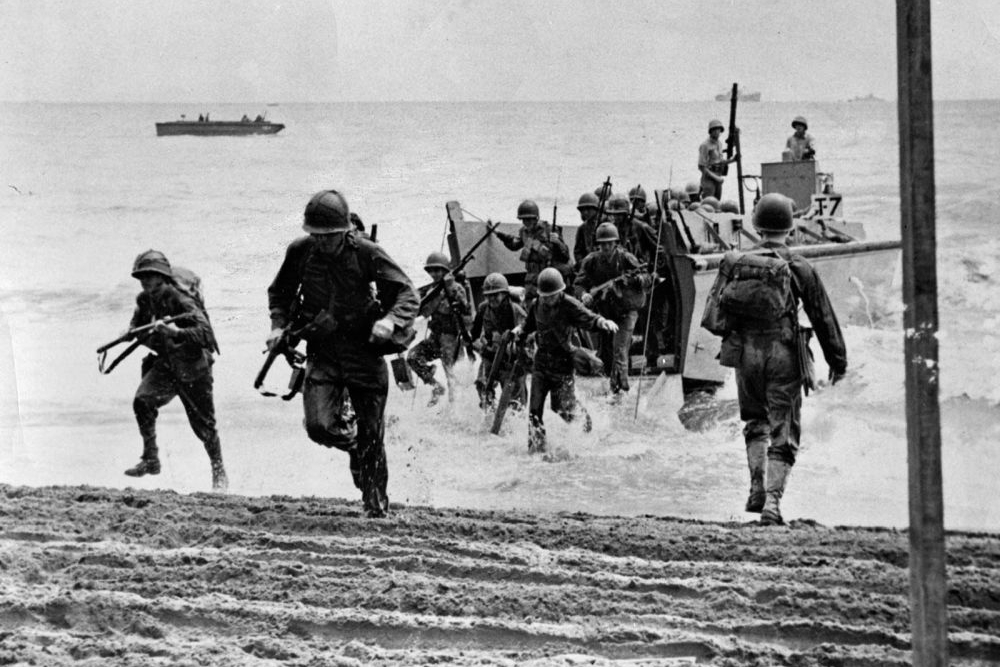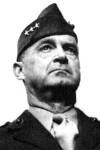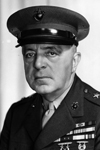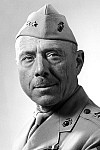Lunga Point
After the Marines landed on Guadalcanal on August 7, 1942, they established their perimeter with several battalions around Lunga Point, which is just to the north of the airfield, taken shortly after the landing.
To get to Lunga Point, walk north from Honiara International Airport, taking the road north to the right of the airport entrance, which heads toward the point. Walk for about twenty minutes, passing that what was once a palm plantation and fields of kunai grass.
There’s not much left of the battlefields, except some ramps into the sea around the point, but psychologically in American history Lunga Point represents the first sustained offensive action against the enemy in World War II.
From the beach you can look out at Iron Bottom Sound, the scene of many cataclysmic naval battles off Guadalcanal. In many ways Iron Bottom Sound is the Trafalgar of American history.
During the October 1942 bombardments aimed by Japanese warships as part of the offensive (it failed) to retake Henderson Field, Lunga Point was heavily shelled, and it was where Marine commanders discussed among themselves plans that would have had their forces, the First and Second Marine Divisions, scatter into the jungle, if the Japanese units on the island had overrun the airfield and Lunga Point.
For further reading:
—The Battle for Guadalcanal by Samuel B. Griffith
—Nikolai Stevenson’s Four Months on the Front Lines (American Heritage)
—Herbert Merillat’s The Island
Do you have more information about this location? Inform us!
Source
- Text: Matthew Stevenson
- Photos: Matthew Stevenson
- Pacific Wrecks
Related books
Nearby
Museum
- Betikama College War Museum - Honiara
- Solomon Islands National Museum - Honiara
- Barana Village Museum - Honiara
Point of interest
- Lunga Point Anchorage - Lungga
- Location Former American War Cemetery Guadalcanal - Lungga
- Japanese 75mm Type 88 Anti-Aircraft Gun Lugga - Lugga
Monument
- Solomon Islands Memorial Garden - Lungga
- Japanese Veteran Memorial Bench Guadalcanal - Tenaru
- Japanese Memorial Battle of Tenaru - Tenaru
Cemetery
Fortification
- Edson's Ridge - Hill 123 (Hill 2) - Tenaru
- Edson's Ridge - Hill 80 (hill 1) - Tenaru
- Hill 84 - Honiara
Ship wreck
- Shipwreck USS Colhoun (DD-85/APD-2) - Ironbottom Sound
- Shipwreck USS Serpens (AK-97) - Ironbottom Sound
- Shipwreck USS John Penn (APA-23) - Ironbottom Sound
